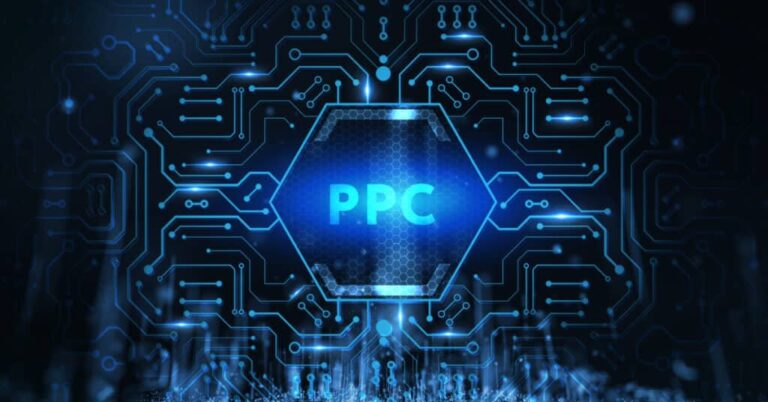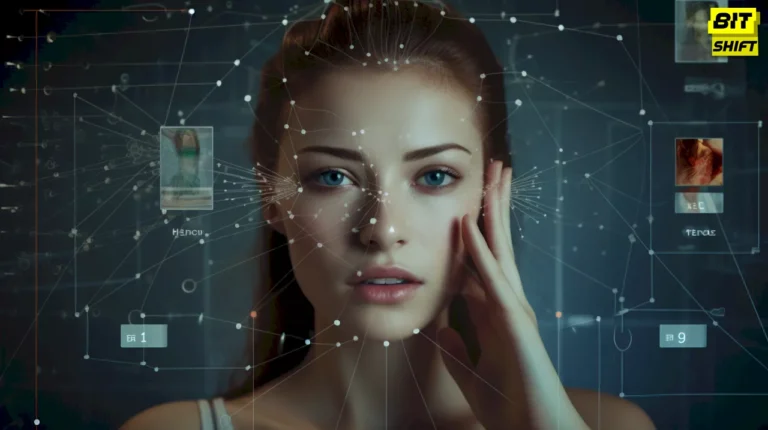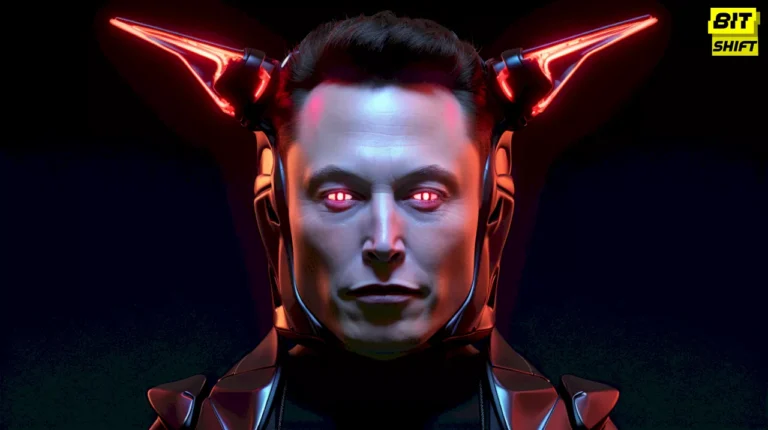
YouTube, the popular video-sharing platform owned by Google, is taking a solid stance against misleading content. The platform recently announced a new policy update requiring creators to label content generated by artificial intelligence (AI) or otherwise synthetic and could mislead viewers. The move protects the platform’s users from potential confusion or deception in the digital sphere.
“This is especially important in cases where the content discusses sensitive topics, such as elections, ongoing conflicts, and public health crises, or public officials,” said Jennifer Flannery O’Connor and Emily Moxley, YouTube Vice Presidents of Product Management.
Policy Update: Adding Labels to AI-Generated Content
The new policy stipulates that any content manipulated or synthetic and realistic enough to mislead potentially must be labeled. This includes videos that depict never-occurring events or range showing someone saying or doing something they didn’t do. Such labels will be mandatory, mainly when the content discusses sensitive topics.
Preventing Confusion Amidst the Rise of AI Tools
The introduction of this policy is timely, given the rapid proliferation of generative AI tools. These advanced tools enable the creation of compelling text, images, videos, and audio that can often be hard to distinguish from the real thing. Experts in digital information integrity have expressed concern that the rise of these tools could lead to an influx of convincing but misleading content on social media and across the internet. This could pose a significant threat, especially in the lead-up to elections or during other critical global events.
YouTube Joins Other Platforms in Transparency Efforts
YouTube is not alone in its efforts to make AI-generated content more transparent. Earlier this year, TikTok added a new label for AI-generated content and required users to disclose when content depicting “realistic scenes” is created or edited with AI. Meta, the parent company of Facebook and Instagram, also announced that political advertisers must disclose any use of AI in their ads.
YouTube’s New AI-Powered Tools
In addition to the new policy, YouTube has introduced a range of AI-powered tools to help creators produce videos and reach a broader audience. These tools include a feature that lets creators add AI-generated video or image backgrounds to vertical videos and tools to help creators draft outlines for videos.
Accountability and Penalties
YouTube has clarified that creators who fail to comply with the new requirements will face penalties. These could include content removal or suspension from YouTube’s Partner Program, which enables creators to monetize their content. Additionally, content that violates community guidelines will be subject to the same restrictions or removals as other videos.
Requesting Removal of AI-Generated Content
As part of the new policy announcement, YouTube also stated that it will now allow users to request the removal of AI-generated or other manipulated content that simulates an identifiable individual, including their face or voice. The platform’s music partners will also be able to request the removal of AI-generated music that mimics specific artists’ voices. This is a significant move, considering the rising concerns about AI-generated, non-consensual sexual images and other content manipulating people’s faces and voices.
Looking Ahead
The new disclosure policy is expected to roll out early next year. The labels will typically appear in videos’ description panels, but the tags will be placed more prominently within the video player for certain types of content about sensitive topics. Content created with YouTube’s generative AI tools will also be labeled clearly. With these steps, YouTube is responsible for protecting user interests and maintaining digital information integrity in the face of rapidly evolving AI technologies.
Share the Article by the Short Url:






